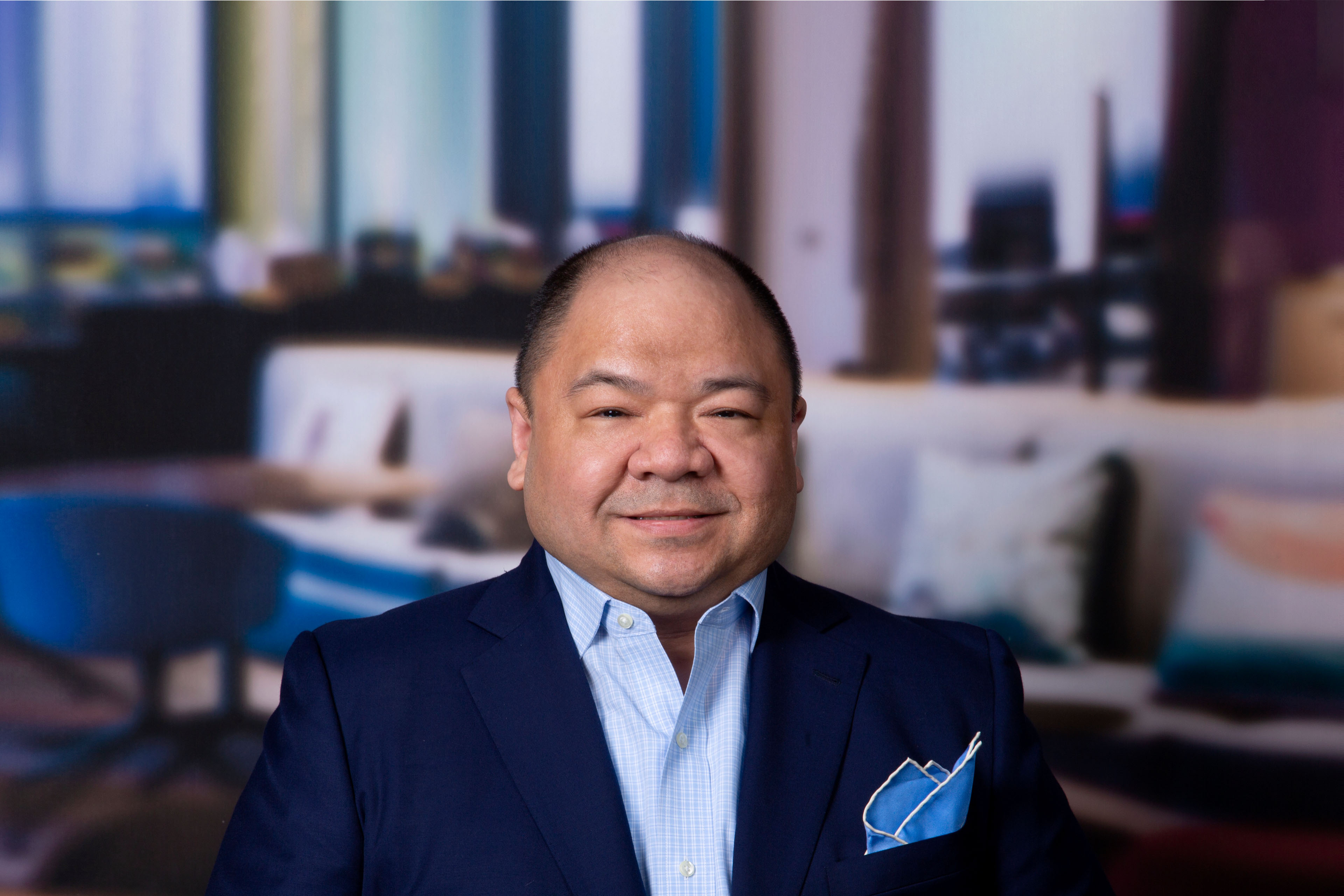EY refers to the global organization, and may refer to one or more, of the member firms of Ernst & Young Global Limited, each of which is a separate legal entity. Ernst & Young Global Limited, a UK company limited by guarantee, does not provide services to clients.
Rocked by three years of shifting workplace trends, corporate real estate is still finding stable ground.
In the continuing reboot of the American workplace, millions of employees in the US and worldwide have been pulled in different directions by swerving trends. Hybrid, fully remote, flexible schedules, four-day workweeks, required days in the office each week and full time in the office are among the models vying for standardization, acceptance and talent in the corporate workforce.
Fluctuating expectations have created a low but constant drumbeat of anxiety for mid-career professionals with children, aging parents and long commutes. Meanwhile, Gen Z, the next wave of the corporate workforce, naturally assumes a whole new level of agency and flexibility when it comes to work-life balance and preferred practices, even in their first or second jobs.
The third annual EY Future Workplace Index, a national research survey of C-suite corporate leaders conducted by Ernst & Young LLP (EY US), offers an eye-opening window into the ongoing evolution of the workplace and real estate during the past year. Perhaps most remarkable, is that the number of EY US survey respondents reporting nearly full-time remote work has plummeted from 34% in 2022 to 1% in 2023.
The move away from full-time remote work is welcome news for the corporate real estate sector, which is aiming for growth in both the demand for office space and its utilization. It’s worth noting that based on survey respondent feedback, over the past 24 months, smaller companies increased their office space, while larger organizations maintained or reduced their footprint but enhanced the quality of their space, technology and amenities. Optimization of space and time leads company leadership priorities.
“This warming trend toward the physical office is positive for businesses across sectors and employees spanning a range of roles,” says Francisco J. Acoba, MCR, SLCR, EY Americas Co-Lead, Corporate Real Estate Consulting and Technology. “Dark offices can create unintended doubts and uncertainty for both the workforce and the marketplace, even while all that cost is still being absorbed by corporate budgets. We’ve learned a lot in the past three years about productive ways of working, and it’s becoming clear that most workplace models benefit from keeping the office lights on.”
Here's what you need to know about the EY Future Workplace Index results for 2023:
- Hybrid work is firmly established, and an expectation of two to three days a week in the office signifies a palpable shift away from fully remote work.
- Employees were perceived to be more productive during the past 24 months in their current workplace models.
- Despite market headwinds affecting office demand and cost, smaller and midsize companies are continuing to expand their physical office space, while larger companies have maintained or reduced their office footprint.
- Leaders are actively seeking sharper tools to optimize office space occupancy, and almost all of the companies surveyed anticipate incorporating artificial intelligence (AI) into their work model, including for space utilization planning.
- Casual Fridays are being redefined.











